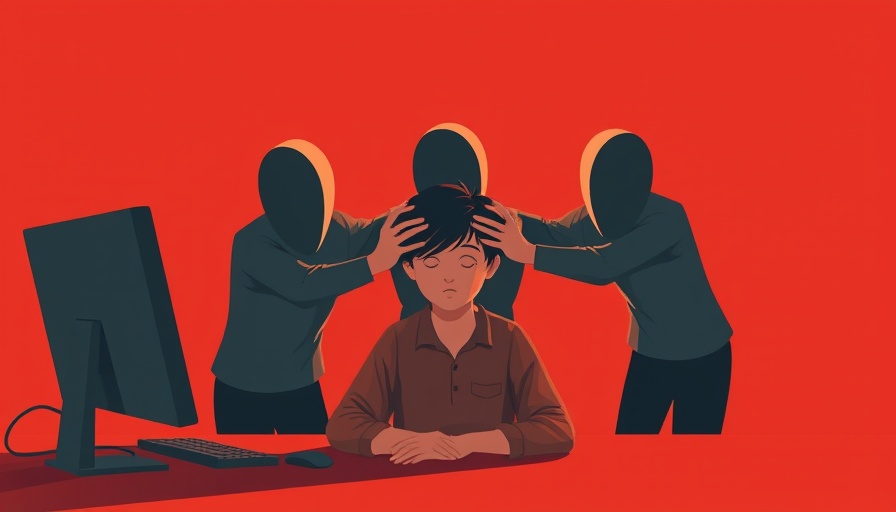
The Disquieting Rise of Bullying Among adolescents
In an age where technology is seamlessly integrated into daily life, the manifestations of bullying have also evolved, no longer confined to physical interactions at school. Instead, incidents of harassment are infiltrating digital platforms, posing a unique challenge for parents and adolescents alike. The pervasive nature of cyberbullying allows it to creep into what should be safe havens, like the comfort of one’s home. In Malaysia, statistics reveal a troubling rise in both online and offline bullying, correlating disturbingly with increased cases of adolescent suicide.
Understanding FOMO: A Catalyst for Bullying
Fear of Missing Out (FOMO) plays a pivotal role in this aggression, contributing to deteriorated mental health among youth. FOMO—characterized by the anxiety of being excluded from thrilling experiences—can compel adolescents to seek validation through social media, often at the expense of others. Engaging in bullying behaviors to solidify their social standing becomes a tempting solution for many teens. Studies indicate this synergy of peer pressure and online influence can distort the character of otherwise empathetic teens, transforming them into active participants in a cycle of harm.
The Psychological Toll of Online Harassment
The implications of such digital bullying extend far beyond immediate anguish. Feelings of exclusion and isolation can lead to worsened mental health outcomes, with many teens becoming resistant to seeking help due to relational fears or societal stigma. The unrelenting nature of online harassment—especially when it follows individuals into their bedrooms—deepens feelings of loneliness and can heighten vulnerability to self-destructive choices.
Strategies for Parents: Navigating the Digital Landscape
Tackling bullying necessitates a comprehensive and coordinated effort from parents, educators, and mental health professionals. Parents are encouraged to lead by example, showcasing healthy online behaviors and fostering open communications regarding peer interactions and digital habits. Documenting instances of bullying is crucial; early intervention can pave the way to addressing and mitigating the issue.
School Involvement: Creating Safe Environments
Schools play a significant role in combating bullying. Implementing all-encompassing anti-bullying policies with unambiguous definitions and confidential channels for reporting can be transformative. Integrating lessons on digital citizenship into curricula not only educates students on the ramifications of their online behavior but also promotes discussions around peer pressure and digital ethics.
Healthcare's Role: Addressing the Bigger Picture
Healthcare professionals have a vital part in identifying bullying's impact on victims, perpetrators, and those who find themselves in dual roles. Comprehensive assessments can uncover suicidal ideations associated with bullying, allowing for timely interventions and therapy focused on resilience and social skills. Creating a supportive ecosystem where adolescents can cultivate healthy relationships is crucial.
A Collaborative Future: Combatting Bullying Together
Tackling the issue of bullying in the modern age cannot rest solely on the shoulders of one entity; it requires a concerted effort from parents, schools, and healthcare providers alike. As we increase awareness and understanding of the role of FOMO and cyberbullying, we can begin to foster an environment conducive to positive interactions, empathic behaviors, and ultimately, a safer world for our children. Building resilience and facilitating healthy expressions of peer relationships will set the stage for long-term emotional well-being.
Ultimately, as parents, staying engaged with their children’s online world is paramount. By actively discussing digital habits and practicing empathy, parents can help ensure that their children develop into caring individuals who understand the importance of kindness over cruelty.
 Add Row
Add Row  Add
Add 




Write A Comment